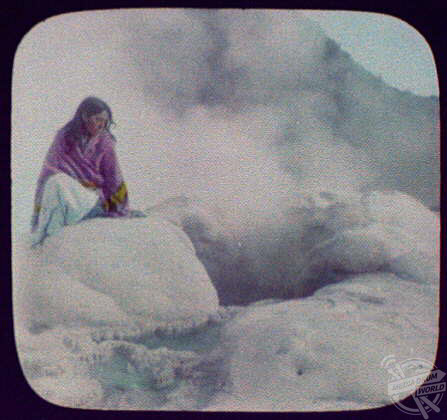
By Alex Jones
STUNNING 125-year-old pictures capture the life and times of New Zealand’s indigenous population.
Māori were the first inhabitants of New Zealand or Aotearoa, meaning ‘Land of the Long White Cloud’, having arrived on the islands approximately 700 years ago.
Incredible images, snapped in 1895 as part of an epic world tour, show how the Maori community thrived in the19th Century including a wholesome photo of a family playing with their puppies whilst enjoying a game of cards, a shot of Māori boys bathing in some of the country’s famed hot springs, and some exquisite wood carvings made by local craftsmen.
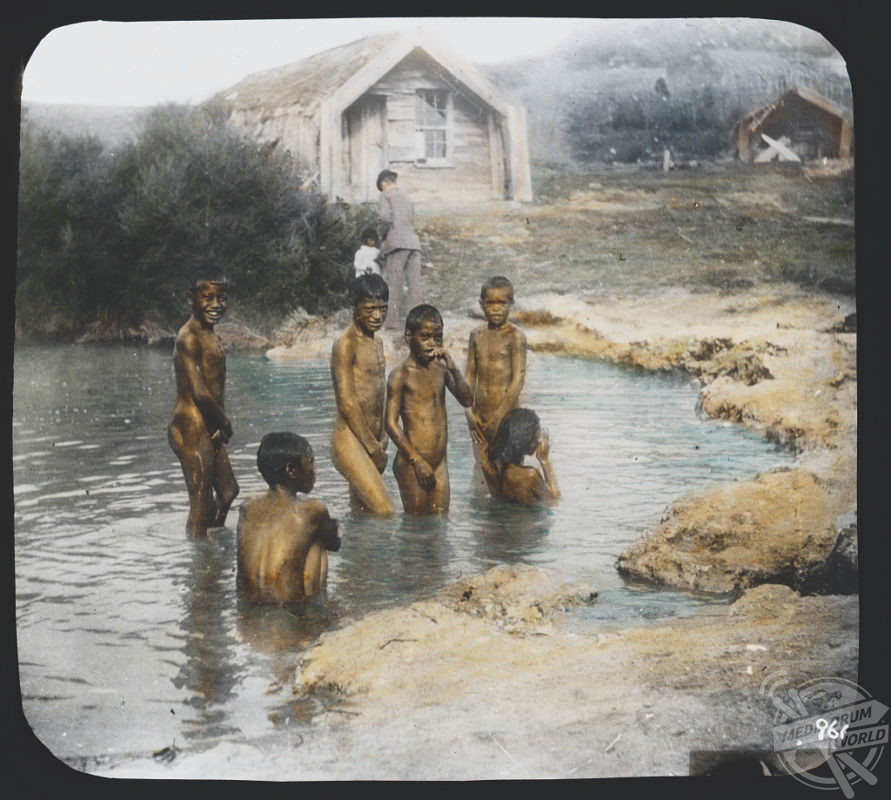
According to Māori, the first explorer to reach New Zealand was Kupe. Using the stars and ocean currents as his navigational guides, he ventured across the Pacific on his waka hourua (voyaging canoe) from his ancestral Polynesian homeland of Hawaiki, a Polynesian group of Islands, in the 1300s.
Māori spent the next few centuries exploring the Islands – New Zealand is predominantly two large islands, known as ‘North’ and ‘South’ – and settling territorial disputes between themselves, either through negotiation or violence.
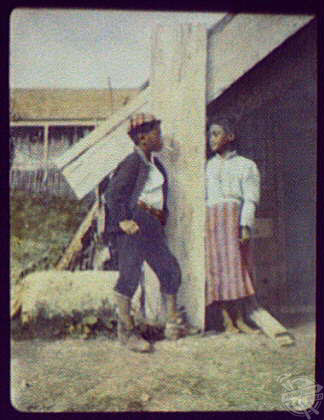
In 1769, just 125 years before these incredible images were taken, British Captain James Cook made contact with Māori and mapped a path to New Zealand.
The initial meetings between Cook and the indigenous people were fraught with death, conflict and misunderstanding, making it a sensitive issue in New Zealand’s history.
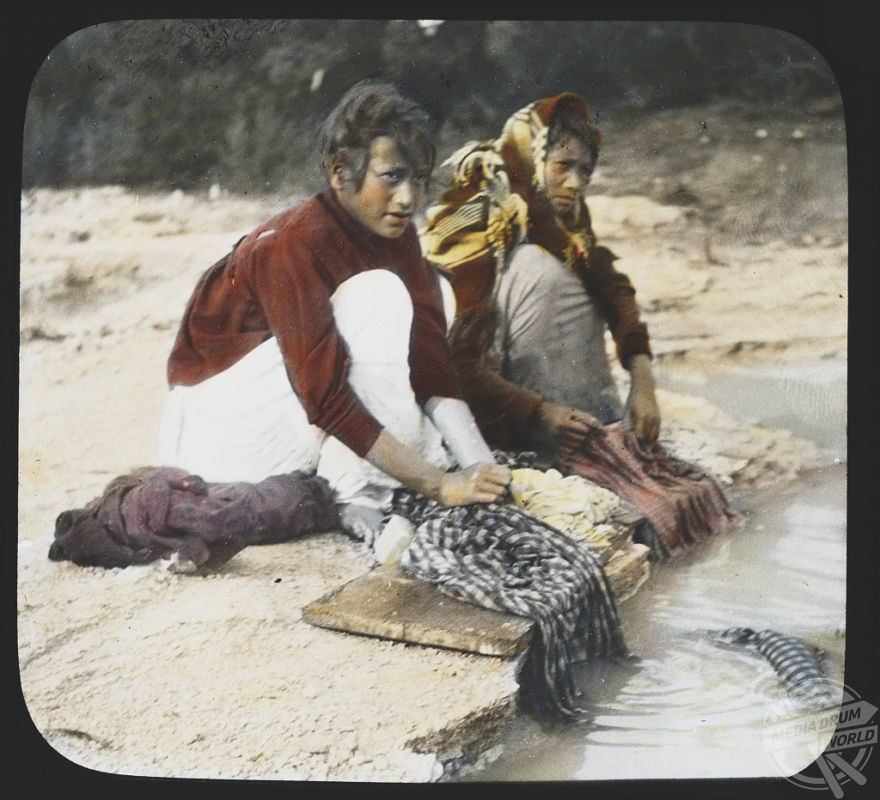
Europeans began to settle thereafter but frequently treated Māori harshly or inhumanely. Whalers, sealers, and other Europeans seeking profit were initially welcomed by the tribes but the introduction of muskets, disease, Western agricultural methods, and missionaries, saw Māori culture and social structure begin to disintegrate.
Tensions were raised again in 1830 when the Treaty of Waitangi was signed. This was a founding document, a political agreement between the British Crown and the Maori tribes and sub-tribes on their future relationship. Since its signing, the controversial document has been hotly debated as the two translations in the treaty differ greatly.
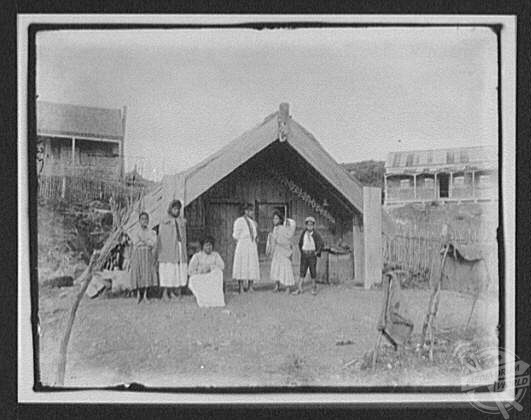
After many subsequent decades of trying to quell the indigenous people, Māori culture is now a valued part of New Zealand’s heritage. For instance, the All Blacks Haka is feared, admired and recognised across the globe.
These remarkable photos were taken by American photographer William Henry Jackson. He was tasked to travel the world in 1894-96 to gather information about foreign transportation systems. On his travels he also collected countless photos illustrating native life, influences of modern civilization, and picturesque scenery across the planet.
These images have been reproduced from lantern slides and the original film and glass negatives. To make the lantern slides look more realistic, they were occasionally coloured by hand with dyes and paints.






